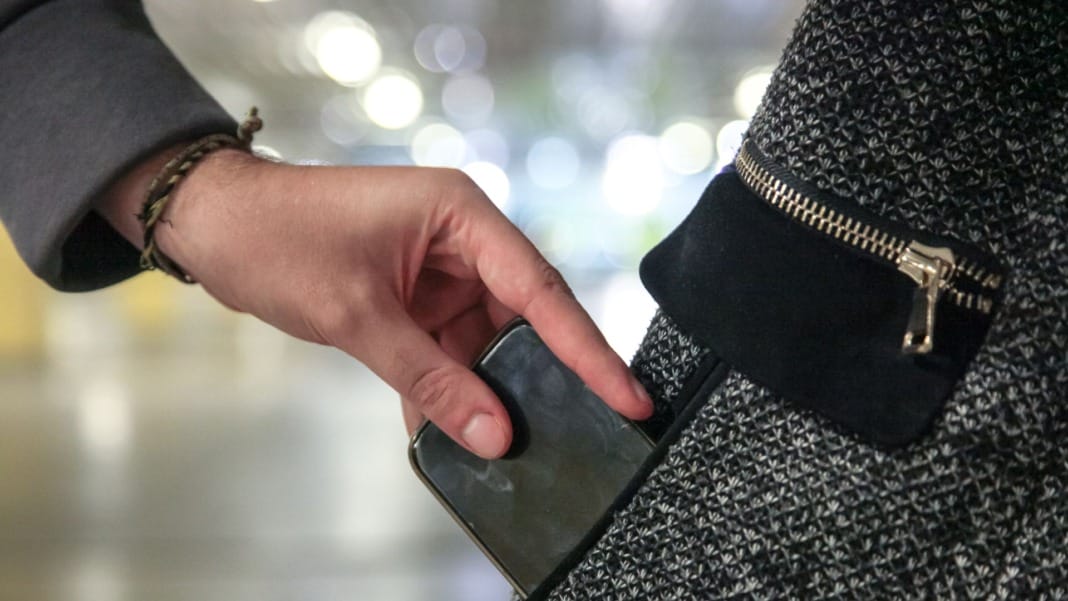In a move to protect Android users from mobile theft, Google has started rolling out three highly anticipated theft protection features. First announced earlier this year, these tools are designed to help you quickly lock your device if it’s stolen, safeguarding your data. The new features — Theft Detection Lock, Offline Device Lock, and Remote Lock — have been spotted by some Android users, including those with Xiaomi and Google Pixel devices.
These three features actually appear to be rolling out globally, judging by all the replies I’ve received! https://t.co/IAj8NLcST0
— Mishaal Rahman (@MishaalRahman) October 5, 2024
These features’ primary goal is to give you peace of mind by ensuring that your device remains secure, even if it falls into the wrong hands. These additions to Google’s already robust security measures allow you to protect your phone more effectively when it is no longer within your reach.
Theft Detection Lock: Locks your phone when stolen
Theft Detection Lock is the most innovative of the new tools, which uses Google’s artificial intelligence to sense when your phone has been physically snatched from you. Whether it’s ripped from your hand as you walk or taken from your bag as you ride a bike, the AI will trigger the lock screen instantly. This feature prevents thieves from accessing your phone’s content immediately after the theft.
Google announced this tool in May. The tool specifically recognises sudden movements linked to theft attempts. For instance, if someone runs off with your phone, the system quickly reacts by locking the device, making it useless to the thief. While it’s only appeared on select devices like the Xiaomi 14T Pro so far, it’s expected to become more widely available soon.
Offline Device Lock: Keeps your phone safe even without internet
Offline Device Lock is another vital addition to Google’s protection arsenal. This feature is handy when thieves disconnect your phone from the internet by turning off Wi-Fi or mobile data. Normally, this could prevent you from locating or locking the phone remotely through Google’s Find My Device service.
With Offline Device Lock, however, the phone will automatically lock itself once the internet connection is lost. This ensures that your data remains secure even if the thief tries to hide the device by turning off its connectivity. The rollout of this feature means you no longer have to rely solely on online tracking systems to protect your stolen phone.
Remote Lock: Simplifying the process of securing your device
Google’s third new feature, Remote Lock, enhances the Find My Device service by simplifying the steps to lock your phone remotely. In the past, you would have had to log into your Google account and navigate through a series of steps to secure your device. Now, Remote Lock allows you to lock your phone more quickly without the hassle of entering your Google password.
This feature lets you use your phone number and a simple security challenge from any device to lock your phone instantly. Whether your device is connected to the internet or not, Remote Lock ensures you can safeguard your personal information with minimal effort.
These new theft protection features mark a significant advancement in mobile security for Android users. With Theft Detection Lock, Offline Device Lock, and Remote Lock, Google is making it easier to keep your phone and data safe, even when it’s no longer in your possession. Although these features are currently only available to a limited number of users, they are expected to roll out more broadly in the coming months.
Whether you own a Xiaomi 14T Pro, a Google Pixel, or another Android device, these tools will provide an extra layer of protection against theft. As mobile devices become increasingly vital in everyday life, these security measures will offer Android users greater peace of mind.





